Formative Assessment and Its Impact on Education
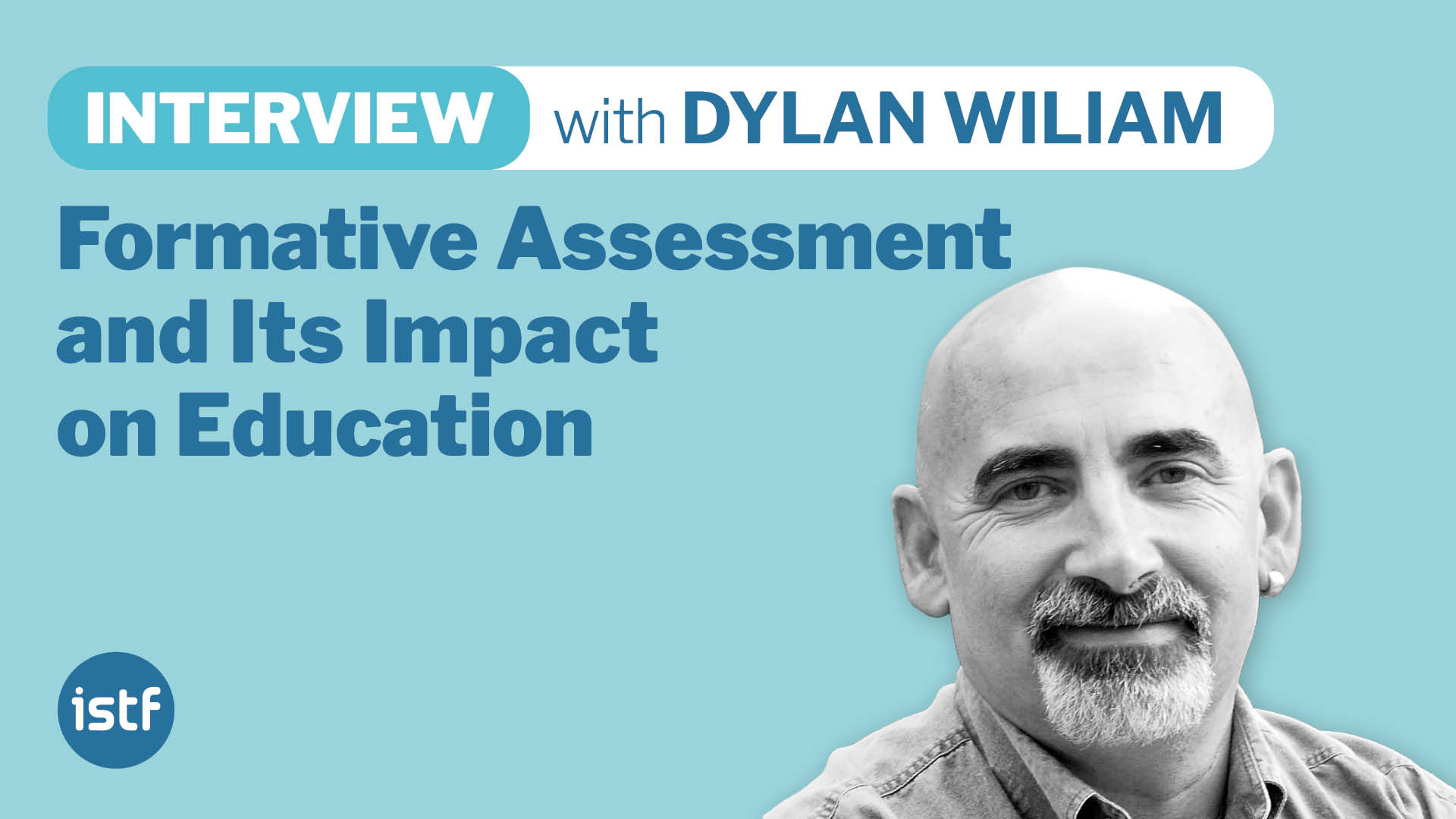
Why should formative assessment be a priority for teachers in their daily practice?
Formative assessment should be a priority for teachers because of a principle about learning and an uncomfortable fact about the world.
The principle about learning comes from David Ausubel—an educational psychologist—who over fifty years ago said that if he had to reduce all of educational psychology to one principle, it is that the most important factor influencing learning is what the learner already knows. To teach effectively, the teacher needs to find out what the learner knows and teach accordingly.
The reason this is hard is because of the uncomfortable fact about the world: our students do not learn what we teach. By this, I do not mean that students never learn what we teach, but in general, what students take away from our teaching is difficult and probably impossible to predict with any certainty. Students make sense of what we say and do in terms of what they already know, so two students in the same classroom may, by the end of the lesson, have reached different understandings of what was taught. And every teacher knows that just because students know something at the end of the lesson does not mean that they will remember it three weeks later. This is why assessment is the bridge between teaching and learning. It is only by assessing that we can find out what our students learned from our teaching.
Why do you believe formative assessment is not very common in most classrooms?
There are many reasons why formative assessment is not common in classrooms around the world. The first is that in most countries, there is too much to teach, so teachers feel under pressure to make sure that they cover all the material for the year, with the result that there is no time to go back and re-teach things if the students have not understood. There is no point in doing formative assessment if you are not going to use the information to improve your teaching.
A second reason is that formative assessment requires more than just explaining new ideas to teachers, though these are of course important. Formative assessment is hard because it involves changing habits as well. A good example of this is the idea of “wait time”—the interval between a teacher finishing a question and giving students a chance to answer before adding to the question, providing a hint, moving on to another student, or answering the question themselves. In many classrooms, the average wait time is around one second, but reminding teachers of the importance of increasing wait time has about as much impact as reminding smokers of the harmful effects of smoking. Things don’t change because it’s not a knowledge problem; it’s a habit change problem. Fortunately, we know quite a lot about habit change from fields like health education, but we don’t often use this in thinking about teacher professional development.
There are numerous forms of formative assessment, but some are more effective than others in aiding student learning. In brief, what characteristics should formative assessment strategies possess to be as beneficial as possible for students’ learning?
In many classrooms, formative assessment involves giving students formal assessments every six to ten weeks—what I call “long-cycle formative assessment”—and then using the data from those assessments to determine what needs to be done next. This can be valuable because it can help establish which students are making progress and which are not. This is valuable, but the impact on student achievement is small. The information from the assessments takes a while to process, so the results are often past their “sell-by date” by the time they get to the teacher, and it is not clear what the teacher is meant to do with the information, especially with an over-full curriculum.
In other classrooms, “medium-cycle formative assessment” is prioritized, involving a shorter cycle, often one or two weeks. Teachers make sure that students know what they need to do to be successful—for example, by giving students guidance about how to structure their work, or what the teacher is looking for, in the form of what are sometimes called “scoring rubrics.” In this way, assessment becomes something that is done with students rather than to them.
However, the greatest impact on learning occurs when teachers use formative assessment on a much shorter timescale—not so much every six to ten weeks, but more like every six to ten minutes. Teachers need to be constantly checking for understanding and involving all students, not just the ones who want to share their ideas.
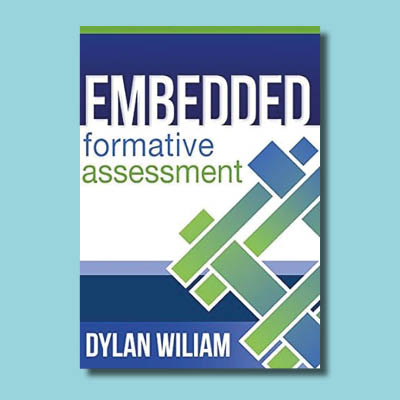
Dylan William’s book, Embedded Formative Assessment is now also available in Spanish. Find more here.
What roles should teachers and students respectively assume in the context of formative assessment?
Formative assessment can be defined in many ways, but I think the most useful way is to think about the roles of teachers, learners, and their peers in: (1) establishing learning intentions; (2) determining where the learners are with respect to those learning intentions; and (3) figuring out how to make progress.
In general, I think most of the time the teacher should determine what the students should be learning, finding out where students are in their learning, and providing feedback that helps the students progress. The teacher can involve the students in this process by giving students “success criteria” so that the students can monitor their own progress. However, it is important to note that self-assessment is both cognitively demanding and emotionally challenging, which is why it can be useful to involve peers in helping each other. When we ask students to assess the work of others, they have to think about the task and what is required to be successful. When they have done this for someone else’s work, they are more able to apply these ideas to their own work. Peer assessment can therefore be a stepping-stone to self-assessment.
In some classrooms, teachers discuss what makes a good piece of work with the students—what is sometimes called “co-construction”—and this is a useful pedagogical strategy for helping students understand where the success criteria come from. However, it is important to note that this is not a negotiation. The students are novices and do not know what good work looks like, and the teacher, being an expert, has a duty to ensure that the scoring guides or rubrics are faithful to the subjects being studied.
The big idea of formative assessment, at least in the way that I think about it, is that everyone in the classroom is responsible for everyone’s learning. The teacher has a privileged role, being an expert, but the teacher can also harness the ability of students to support their peers’ learning.
How does formative assessment influence the development of students’ autonomy?
Ultimately, I think the goal for every teacher is to help students be able to manage their own learning—becoming what psychologists call “self-regulating learners”—which is why I have always thought of formative assessment as involving the teacher, the learner, and her or his peers. This is easy for those who teach students to play a musical instrument because it is obvious that most of the progress in playing a musical instrument does not come from the 30 to 60 minutes the teacher has with the student each week, but from the practice the student does at home—to be effective instrumental music teachers, they have to train students to be able to improve on their own. However, teachers of academic subjects often believe that most of the progress in the subject comes when the students are with us, with homework added on as an optional extra, and I believe that if we define formative assessment to include teacher assessment, peer assessment and self assessment, then we can maximize the power of formative assessment to improve learning.
What are some common challenges that teachers encounter when implementing formative assessment in their daily practice?
Time! There is no doubt that using formative assessment slows down teaching because the teacher repeatedly discovers that material the teacher thought had been learned is poorly understood by students. What this means is that teachers need to create slack in their teaching—in each marking period, in each topic, and even in each lesson.
So, in a six-week teaching block, the teacher should identify no more than 80% of the material to be covered as essential for future progress, with the other 20% being classified as desirable. In the first five weeks of the block, the teacher teaches the essential material, and the students take a test at the end of week five. The teacher then scores the students’ work on the test, and this can be converted to a grade for each student. The teacher also looks to see how well the class has done overall on the essential material. If the class has done well, then week six focuses on the desirable material, but if they have done badly then week six is devoted to addressing the shortcomings identified in the test. In this way, the same test functions summatively, producing a grade for each student, and formatively, telling the teacher whether week six should be focused on extension or review.
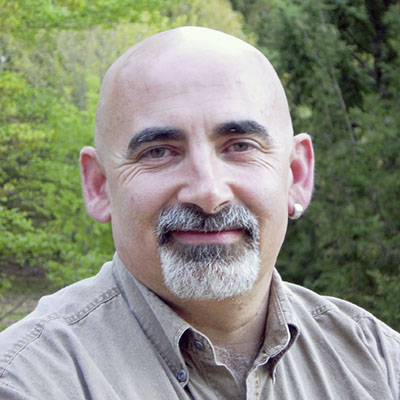
Dylan William, author of Embedded Formative Assessment.
What is the relationship between formative assessment and Direct Instruction?
Many people are surprised to learn that formative assessment is a key component of Direct Instruction, as defined by Siegfried Engelmann, because as well as carefully designed lessons, Direct Instruction emphasizes the need for frequent checks for understanding. Now, of course, teachers have always checked for understanding, but this is often done in a way that does not provide much useful information for the teacher. For example, the teacher might ask the class whether there are any questions or ask, “Is everyone OK with that?”, and if the students say nothing, the teacher assumes everything is OK. Even if the teacher does get responses from students, these are often only from students who raise their hands to show they are ready to answer. Hearing only from the confident, articulate students is not a good basis for making decisions for the whole group, and that is why Direct Instruction emphasizes getting information from students who have not raised their hands, and, ideally, getting answers from every member of the class.
This can be done with mini-whiteboards—what I often joke is the most important development in educational technology since the slate—but can also be done much more simply. For example, the teacher might write a sentence on the chalkboard and ask the students if it is grammatically correct, with each student being required to respond with a thumbs-up or a thumbs-down. As another alternative, the teacher might display a multiple-choice question with five options to the class, and each student responds by holding up one digit for ‘A,’ two for ‘B,’ and so on. The important idea here is that the quality of the decisions that a teacher makes is determined by the quality of evidence they have about what their students are thinking. If the teacher is only hearing from a minority of the students, then it is impossible to make decisions that reflect the learning needs of the whole group.
What final reflections would you offer regarding the future of formative assessment and its impact on education?
I am often asked how I can be sure that formative assessment is not just a passing fad, a popular “flavor of the month” that we will do for a little while, and then forget about when we move on to something else.
My answer is simple. As long as we are asking teachers to reflect on the relationship between what they are putting into their teaching and what their students are getting out of it, there is no more powerful focus for teacher learning. As one science teacher in London put it, “It’s all about making the students’ voices louder, and making the teacher’s hearing better.”
AUTHORS
Héctor Ruiz Martín
@hruizmartin
He is a researcher and communicator specializing in the neuroscience and cognitive psychology of memory and learning, with a special interest in their application in educational contexts. In addition to How Do We Learn?, he is also the author of Learning to Learn by Knowing Your Brain.
Gemma Grau – Editorial Graó
linkedin.com/in/gemmagrauanso
Content and Editions Director at Graó. Facilitator in educational transformation.
RELATED POSTS
- Interview: Creating Teachable Moments with Dr. Rodger Bybee by ISTF
- Webinar: The Motivation Mindset: Makig Magic Happen! by Amber Richards
- Making Sense of Technology in the Classroom by Héctor Ruiz Martín

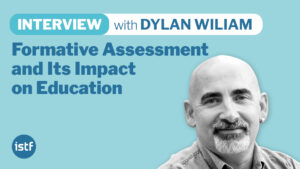
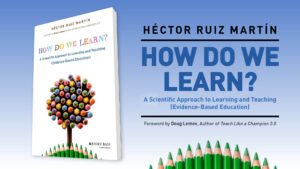
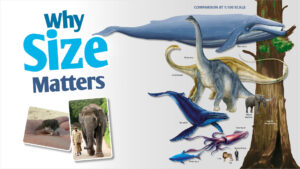
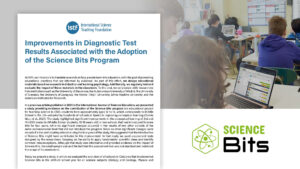





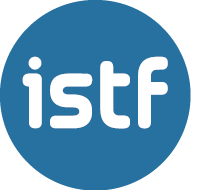
Leave a Reply